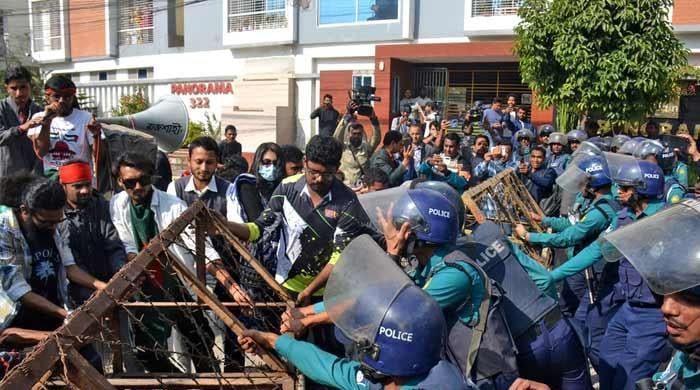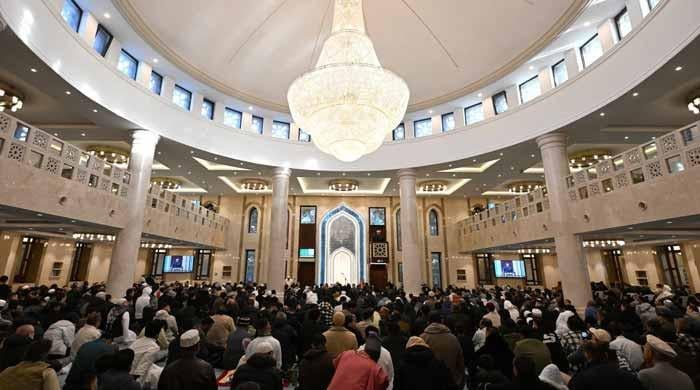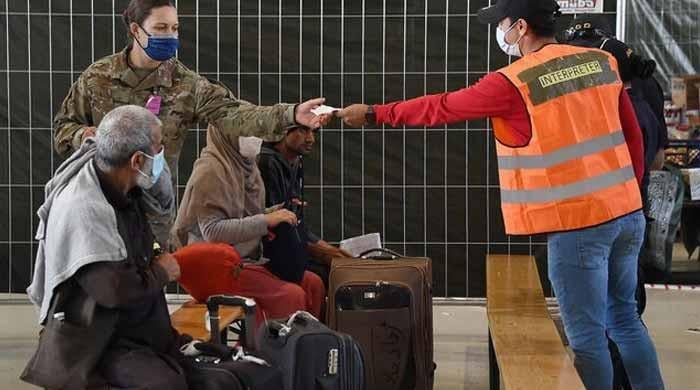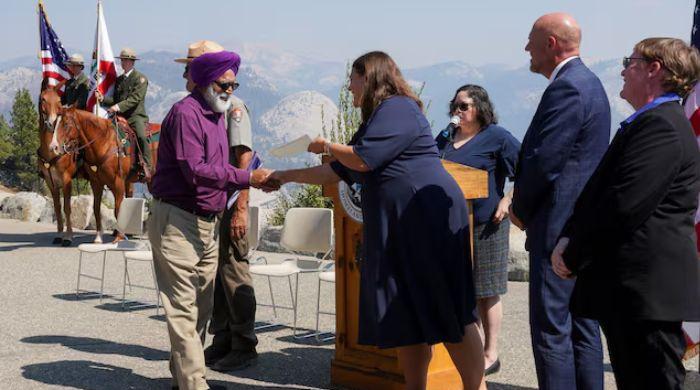New York to cross milestone in decades-long drop in murders
'Once ‘no-go’ neighbourhoods are chic and people can stay out all night'
December 29, 2017
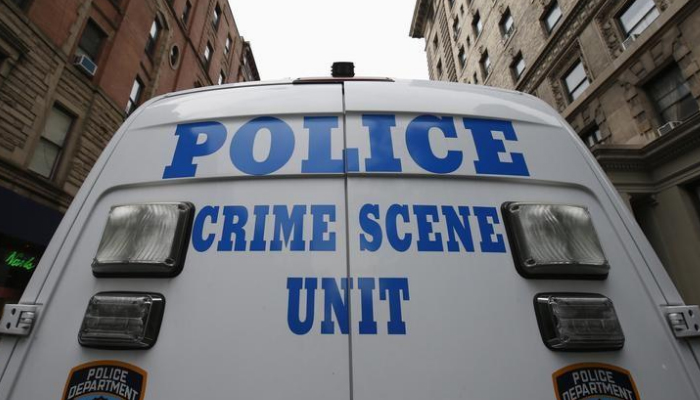
NEW YORK: New York is on track to record fewer than 300 murders in 2017, a sharp drop from the previous year and a fresh milestone in a decades-long decline that began in the early 1990s when the annual death toll in the city exceeded 2,000 people.
Mayor Bill de Blasio — a liberal Democrat who has curtailed police policies that had sowed anger in minority communities — said efforts to improve relations in some neighbourhoods were partly responsible for an overall reduction in crime this year.
As of Sunday, 284 people were murdered in the nation’s largest city, down from 329 in the same period in 2016, according to New York Police Department (NYPD) data released this week. All seven major crimes tracked by police, including rape, assault and robbery, showed declines.
Barring a spike in the final week of the year, the number of murders in the city will drop below the 333 recorded in 2014, the lowest since at least 1990, the first year for which police have posted crime statistics online.
“It tells you that New York, perhaps first among the cities in the country, has been dramatically transformed and neighbourhood after neighbourhood bears little resemblance to the city of the ‘80s and ‘90s,” Eugene O‘Donnell — a former NYPD officer and a professor at the city’s John Jay College of Criminal Justice — said.
“Once ‘no-go’ neighborhoods are chic and people can stay out all night,” he wrote in an email to Reuters.
However, police had recorded 1,416 rapes in the year through Sunday, one fewer than the same period last year but above the low in 2009 of 1,205.
Police officials emphasized that murders continued to decline, even as the city’s renaissance has swelled its population to more than 8.5 million.
NYPD spokesman J. Peter Donald compared the current murder rate to levels last recorded in the 1950s when he said 1.5 million fewer people lived in New York.
The steady decline — which began when Rudolph Giuliani was mayor in the 1980s and continued under his successor Michael Bloomberg — is a vindication for de Blasio.
He campaigned for mayor in 2013 on his opposition to the NYPD’s widespread use of “stop and frisk” policy, which led to random searches for drugs and weapons.
That year, a federal judge ruled that the practice was unconstitutional because it disproportionately targeted black and Latino New Yorkers.
Under de Blasio, the tactic’s use has been sharply curtailed, and warnings by conservative critics that crime rates would creep back up have proved unfounded.
In a briefing on Thursday, the mayor attributed the decline to efforts to foster warmer relationships between police and civilians.
“A lot more people are offering the police tips, are offering information, that stops crimes before they happen in some cases,” he told reporters on Thursday.
Fewer than 13,700 robberies have been reported so far in 2017, compared with 15,500 in 2016 and 100,280 in 1990.
Serious assaults fell below 20,000, about half the number seen in 1990.
Burglaries have dipped below 12,000, compared to 122,055 in 1990.
The number of people shot in the city, fatally or otherwise, was set to stay below 1,000 for the first time in at least a quarter of a century, with 917 victims recorded so far this year compared to more than 5,700 in 1993.





